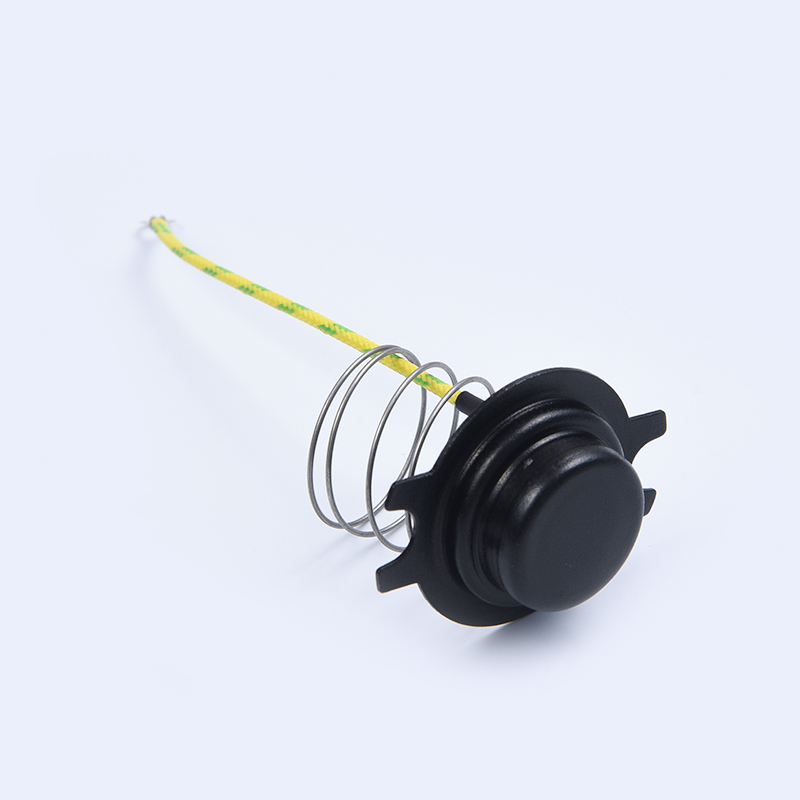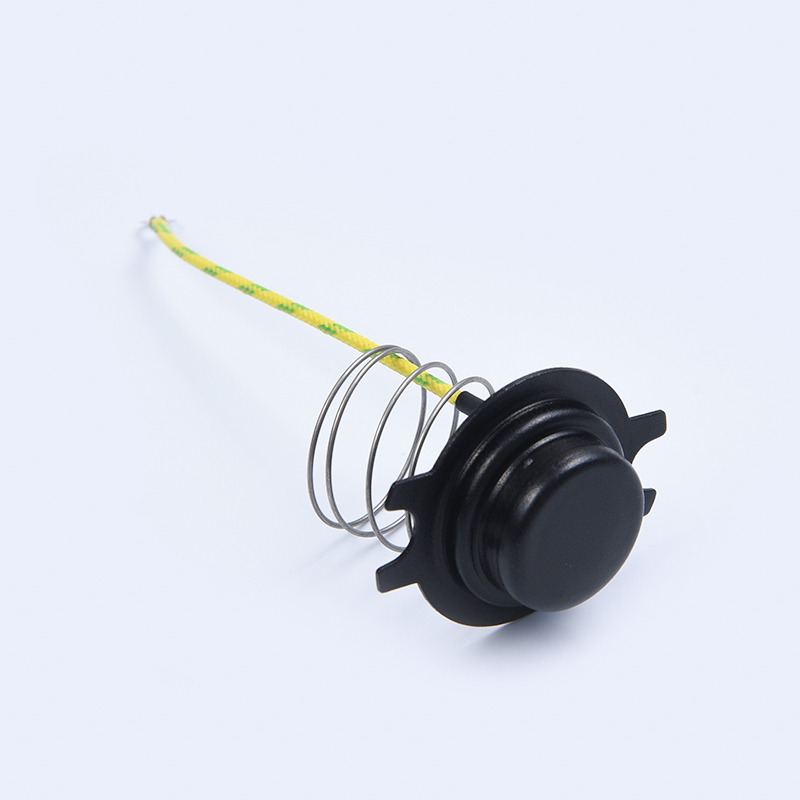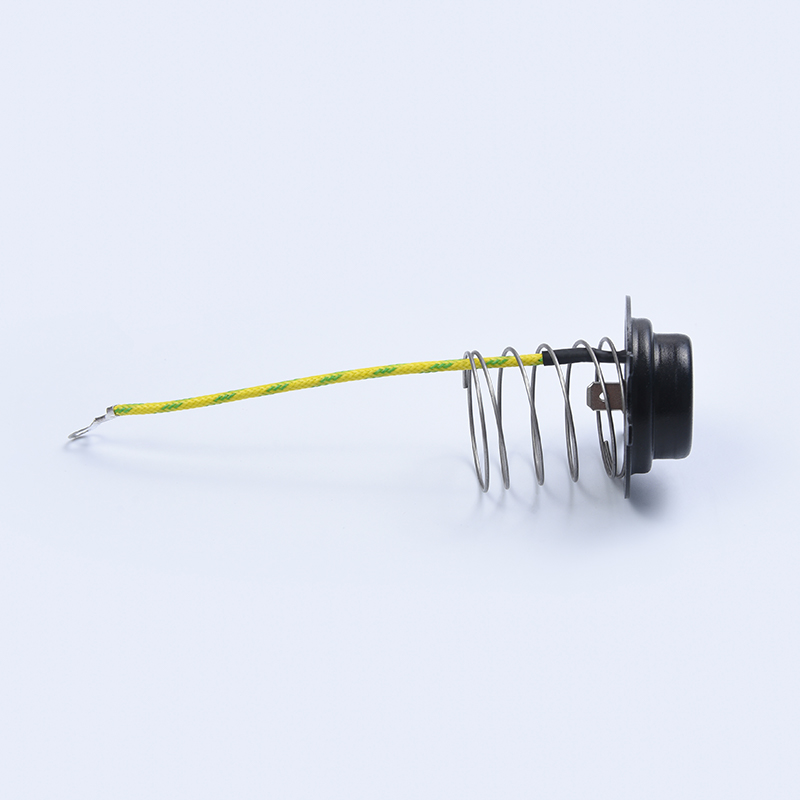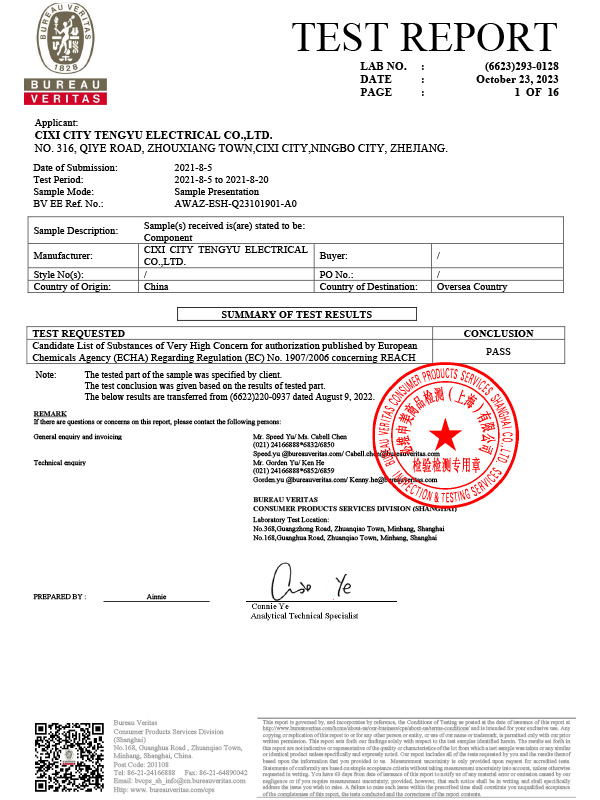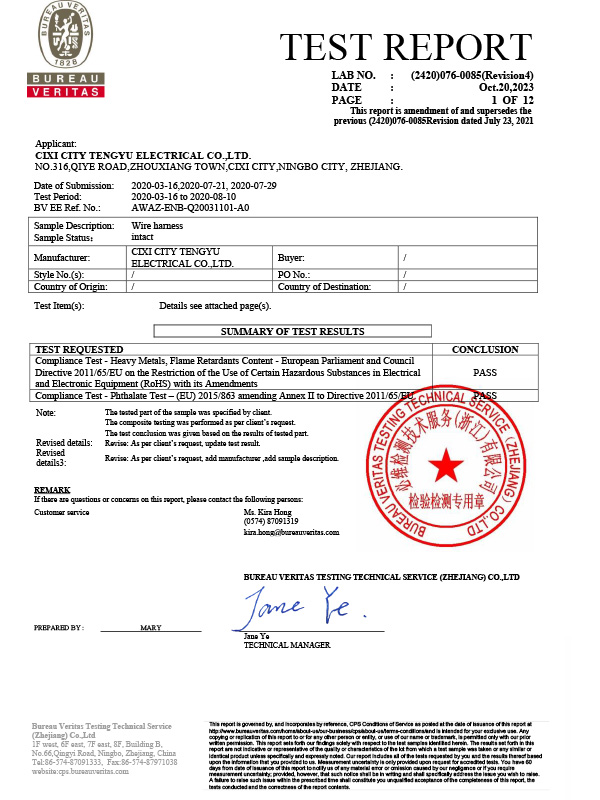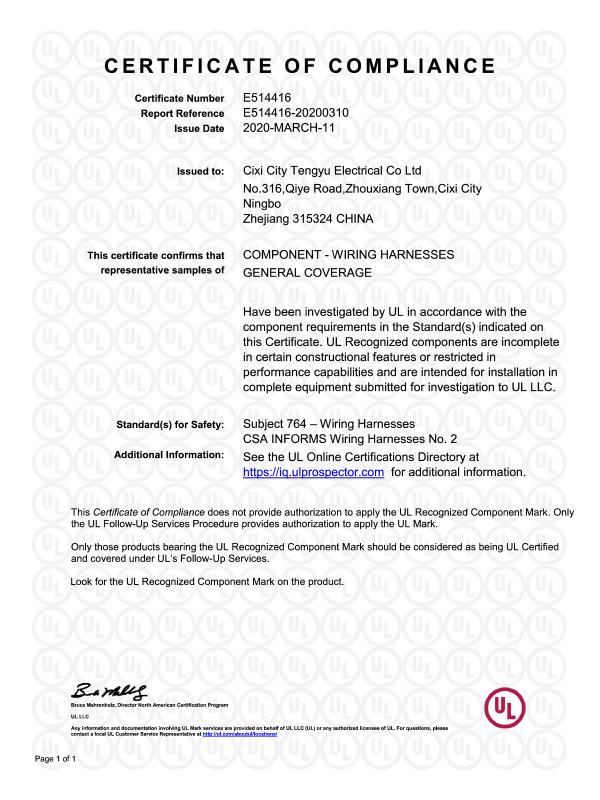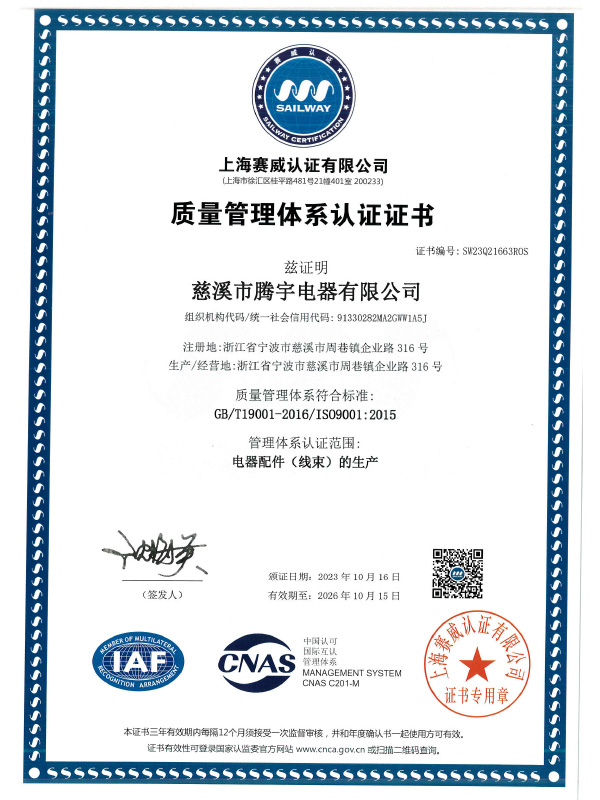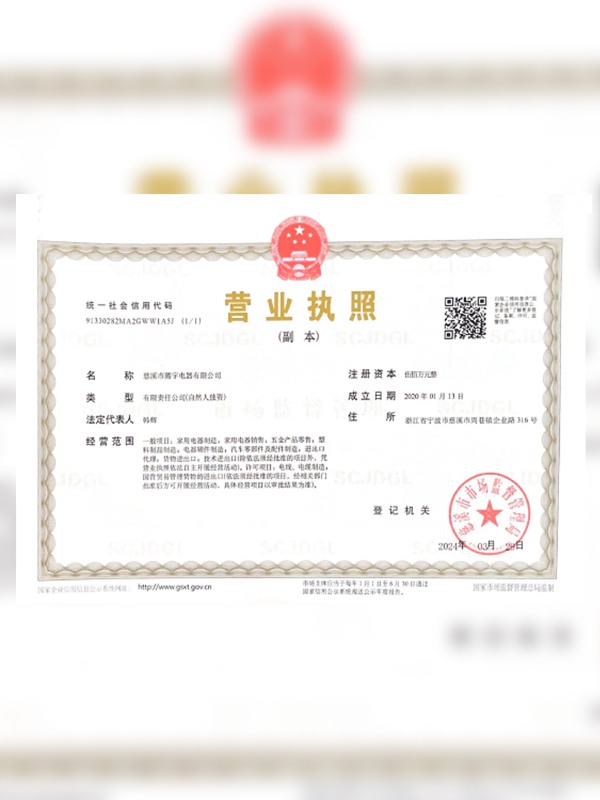What are the main functions and effects of the electric hot pot center cover assembly?
The Electric Hot Pot Center Cover Assembly is a pivotal component in modern electric hot pots, playing an essential role in ensuring safety, efficiency, and optimal user experience. At Cixi Tengyu Electric Appliance Co., Ltd., we emphasize advanced design and precise manufacturing of center cover assemblies, aligning with our commitment to high-quality, world-class electrical appliances. With over two decades of industry experience, Teng Yu Electrical has accumulated extensive expertise in the research, development, and production of critical components like the center cover assembly, ensuring products meet both domestic and international standards.
Primary Functions
The center cover assembly serves several indispensable functions in an electric hot pot:
Heat Distribution and Retention
The assembly acts as a heat control interface between the heating element and the cooking medium. By effectively covering the central portion of the hot pot, it ensures uniform heat distribution, reducing the risk of localized overheating and improving overall cooking efficiency. At Teng Yu Electrical, materials for center covers are selected based on their thermal conductivity, durability, and resistance to high-temperature deformation.
Safety and Steam Control
During operation, a significant amount of steam is generated. The center cover assembly functions as a barrier, controlling steam escape and preventing accidental burns. Properly designed covers also minimize spillage, protecting the surrounding environment and the heating element from liquid damage. Teng Yu Electrical incorporates precision engineering in our cover designs to maintain an optimal seal while allowing controlled steam release.
Structural Support and Component Integration
The center cover often integrates additional functional elements such as temperature sensors, locking mechanisms, or steam vents. Its structural design must accommodate these components without compromising integrity. Teng Yu Electrical’s R&D team has developed modular designs that facilitate integration while maintaining robust mechanical stability.
Hygiene and Ease of Maintenance
Materials and surface finishes of the center cover assembly are selected for easy cleaning and long-term hygiene. Teng Yu Electrical employs high-grade, non-toxic, and corrosion-resistant materials, ensuring the cover can withstand frequent exposure to food acids, oils, and steam without degradation.
Technical Performance Considerations
To achieve these functions, several technical parameters are crucial. The following table compares key specifications typical in high-quality center cover assemblies, demonstrating Teng Yu Electrical’s engineering standards:
|
Parameter
|
Typical Range/Value
|
Teng Yu Electrical Standard
|
Functionality Impact
|
|
Material
|
Stainless Steel / PP
|
Food-grade 304 SS + High-temp PP
|
Ensures durability, heat resistance, and hygiene
|
|
Operating Temperature
|
80°C – 220°C
|
80°C – 250°C
|
Prevents deformation under high-heat cooking
|
|
Steam Release Efficiency
|
60% – 85%
|
75% – 85%
|
Balances pressure release and safety
|
|
Weight
|
150g – 400g
|
180g – 350g
|
Maintains stability while enabling easy handling
|
|
Corrosion Resistance
|
Medium – High
|
High
|
Extends lifespan in humid and acidic conditions
|
|
Thermal Conductivity
|
10 – 25 W/m·K
|
15 – 22 W/m·K
|
Ensures uniform heat transfer
|
Design and Manufacturing Excellence at Teng Yu Electrical
Cixi Tengyu Electric Appliance Co., Ltd. leverages internationally advanced production technology to manufacture center cover assemblies with tight tolerances and consistent quality. Our scientific management system guarantees that each unit undergoes rigorous inspection, ensuring thermal performance, mechanical strength, and surface integrity meet global standards. By integrating senior personnel specializing in R&D, production, and quality control, Teng Yu Electrical continuously refines assembly designs to enhance user safety, durability, and functional reliability.
Does the electric hot pot center cover assembly affect the heating uniformity of the electric hot pot?
Thermal Distribution Function
The electric hot pot center cover assembly is positioned centrally over the heating element, serving as an interface between the heat source and the cooking medium. Its design directly affects the way heat is transferred to the surrounding liquid. An optimally engineered cover ensures that heat is distributed evenly, avoiding hot spots near the center and underheated zones near the edges.
At Teng Yu Electrical, our engineers utilize materials with consistent thermal conductivity and structural integrity to achieve uniform heat transfer. Food-grade stainless steel and high-temperature resistant polypropylene (PP) are carefully chosen for their ability to conduct or insulate heat where required, balancing fast heating with safety considerations.
Design Factors Affecting Heat Uniformity
Several design parameters influence whether the center cover assembly enhances or hinders uniform heating:
Material Thermal Conductivity – A cover with high thermal conductivity can facilitate more even heat distribution from the heating element to the cooking medium, whereas low conductivity may create a thermal barrier.
Surface Geometry – Dome-shaped or perforated designs can direct steam and heat flow, promoting even heating. Flat or poorly vented covers may trap heat unevenly.
Fit and Seal – A tightly fitting cover prevents steam from escaping excessively, maintaining consistent internal temperatures. However, an overly tight seal without proper venting may lead to localized overheating.
Weight and Thickness – Heavier, thicker covers retain heat longer, providing thermal inertia that stabilizes temperature, while thin covers respond quickly but may allow heat fluctuations.
Practical Observations at Teng Yu Electrical
Through extensive testing and quality management practices, Cixi Tengyu Electric Appliance Co., Ltd. has observed that center cover assemblies significantly influence heating uniformity. During R&D, temperature mapping inside the pot is conducted to assess heat distribution patterns. By adjusting cover geometry, material thickness, and vent placement, our engineers optimize the balance between heat retention, safety, and uniformity.
Parameter Comparison
The following table illustrates typical differences in thermal performance for various center cover assembly designs, based on parameters commonly used in industrial testing:
|
Parameter
|
Low Uniformity Cover
|
Standard Cover
|
Teng Yu Electrical Optimized Cover
|
Impact on Heating Uniformity
|
|
Material Thermal Conductivity
|
10 W/m·K
|
15 W/m·K
|
18 W/m·K
|
Higher conductivity enhances even heating
|
|
Cover Thickness
|
1.5 mm
|
2.5 mm
|
2.0–2.3 mm
|
Optimized thickness balances heat retention and response
|
|
Vent Design
|
None / Minimal
|
Basic Steam Holes
|
Precision Steam Channels
|
Directs heat flow, reducing hot/cold zones
|
|
Weight
|
120 g
|
180 g
|
200 g
|
Thermal inertia stabilizes temperature fluctuations
|
|
Surface Geometry
|
Flat
|
Slight Dome
|
Dome with central ridge
|
Promotes convection and uniform heating
|
|
Internal Temperature Variation
|
±25°C
|
±15°C
|
±8°C
|
Lower variation indicates superior uniformity
|
What are the design requirements for sealing performance of the electric hot pot center cover assembly?
Importance of Sealing in Electric Hot Pots
A well-designed center cover assembly must prevent the unintended escape of steam, hot liquid, or vapor. Proper sealing ensures:
Efficient Heat Retention – By minimizing heat loss through gaps, a tight seal allows the cooking medium to reach and maintain optimal temperatures more quickly and consistently.
Safety Assurance – Leakage of hot liquids or steam can cause burns or damage to the appliance. A reliable seal reduces such risks.
Improved Energy Efficiency – Less heat loss translates to lower energy consumption, which is particularly important in commercial and industrial settings.
Enhanced Flavor and Consistency – By maintaining internal pressure and humidity, sealed covers help preserve flavors, nutrients, and consistent cooking results.
Design Factors for Sealing
The design requirements for a center cover assembly to achieve superior sealing performance are multifaceted:
Material Selection – The choice of material directly affects the sealing effectiveness. Food-grade stainless steel and high-temperature resistant polypropylene (PP) are commonly used, offering durability, corrosion resistance, and dimensional stability under high heat. Teng Yu Electrical carefully selects materials with low thermal expansion to maintain tight tolerances during operation.
Seal Interface Geometry – The contact area between the cover and the pot rim is critical. Rounded edges, interlocking ridges, or silicone gaskets are often integrated to enhance the seal without compromising ease of removal.
Gasket Design – High-quality elastomer or silicone gaskets can absorb minor surface irregularities while providing flexible yet firm sealing. Teng Yu Electrical optimizes gasket thickness and durometer hardness to balance sealing efficiency with operational convenience.
Vent and Pressure Management – Even a sealed cover must allow controlled steam release to prevent pressure buildup. Strategic vent placement ensures safety while maintaining overall sealing integrity.
Dimensional Precision – Tight manufacturing tolerances are essential. Minor deviations in diameter, thickness, or surface flatness can significantly compromise sealing performance. Teng Yu Electrical employs advanced international production technologies and strict quality inspections to maintain consistent dimensions.
Parameter Comparison for Sealing Performance
The following table illustrates the influence of key design parameters on sealing performance and compares typical values with Teng Yu Electrical’s optimized standards:
|
Parameter
|
Typical Range
|
Teng Yu Electrical Standard
|
Impact on Sealing Performance
|
|
Material
|
Stainless Steel / PP
|
Food-grade 304 SS + High-temp PP
|
Ensures structural stability and low thermal expansion
|
|
Gasket Material
|
Basic Rubber
|
High-temp Silicone
|
Improves leak prevention and durability
|
|
Gasket Thickness
|
1.0 – 2.0 mm
|
1.5 – 2.2 mm
|
Balances flexibility and sealing firmness
|
|
Contact Surface Flatness
|
±0.3 mm
|
±0.1 mm
|
Minimizes gaps between cover and pot rim
|
|
Steam Vent Diameter
|
3 – 6 mm
|
4 mm with controlled design
|
Allows safe pressure release without compromising seal
|
|
Operating Temperature
|
80°C – 220°C
|
80°C – 250°C
|
Maintains gasket elasticity and seal integrity at high temperatures
|




 中文简体
中文简体